Kibbe Body Type Test: Discover Your Kibbe Type with Expert Tips from an Image Consultant
The Kibbe body type test can cause a lot of confusion, but go beyond with these tips and extra exercises to help determine your type.

If you’re here it’s probably because you want to discover your Kibbe type.
Well, it’s harder than it sounds, haha.
The test itself has limitations, it’s 30+ years old, and the updated information is kept private in a Facebook group. The information there is still confusing, and you’re not going to just quickly discover your type as there are about 40 exercises to develop your image identity.
The Kibbe test is still a good baseline, so I’m writing it out here, and giving you a couple extra tips and tricks to train your eye to see yin and yang.
Be sure to do them in order so that you have the tools you need to do the test.
Table of Contents
What’s So Special about Kibbe?
The Kibbe system can be misconstrued as a style system, but at the core it’s about body shapes. Very specifically the body shapes genetics gave you.
I much prefer Kibbe to the fruit body shapes suggestions (and similar). Going back to the 1950’s an hourglass is considered the “ideal” body shape, and these methods seek to create the illusion of an hourglass for everyone.
Unlike these harmful practices, Kibbe says that every body is beautiful, and we should dress to showcase our strengths, versus a one size fits all approach.
Having said that, I do feel that there are limitations to the Kibbe types, notably that the primary work is over 30 years old, and that there is little information on how to tweak suggestions for weight variations and aging.
As of June 2022, Kibbe has publicly announced a new book deal, although admits it could be a year or more away. Hopefully some of these questions can be answered, and many of the confusing Kibbe things will be addressed.
The Language of Kibbe
Before we get started any further, I want to dig into Kibbe words and languages and get rid of any prior conceptions about what they mean.
Kibbe definitions are not dictionary definitions, and the ability to analyze yourself is critical to understanding what HE means.
Kibbe Yin and Yang
At the core of Kibbe body types is the concept of Yin and Yang. Historically the concept of Yin and Yang dates back to 4th century BC Chinese Philosophy.
They represent the complement of perfect opposites: pure good and pure evil being an example of the extremes.
Yang is associated with such constructs as hard, solid, warm, active, fire, and masculinity. Yin is thought of as soft, yielding, cold, passive, water, and feminine.
However, in these extremes, the original concept of yin and yang represents balance.
For Kibbe these words ultimately also refer to balance and imbalance.
The Yang body essence is angular (ANG to remember this key feature), sharp, and is represented by the shape of a square.
The Yin body essence is soft, curved, and represented by the shape of a circle.
You’ll be looking for these shapes on your own body later.
Kibbe Vocabulary
Blunt – this has to do with the ends of your bones, where the joints often come together. Are they soft (blunt) or pointy (sharp).
Broad – used interchangeably with width. Denotes the appearance of horizontal distance at various points of the body, including the face, torso, hands, and long bones.
Classic – balanced type, has nothing to do with style types or preferences.
Curve – there are two types of Kibbe curve: those that come from your bone structure, and those that come from your flesh.
Gamine – literally translate to youthful. Mixed subtype.
Dramatic – having 100% yang (angular) features. Not a style type or personality description. Dramatics are distinguished by sharp, square shapes throughout the body.
Natural – possessing mostly blunt yang and width.
Romantic – having 100% yin (soft) features. Not a style type or personality description. Romantics are distinguished by soft, circular shapes throughout the body.
Vertical – the appearance of height in relation to others of the same size.
Width – the horizontal space between the left and right edges of the parts of the body. In particular the eyes, nose, mouth, shoulders, ribcage, and hips.
A Kibbe Picture is Worth a Thousand Words
To begin the process of discovering your Kibbe type, you’re going to need to start with an eye-opening picture.
This picture is going to help you get an accurate image of yourself from which to analyze for the quiz and line drawing.
For best results, wear either a bathing suit (bikini or one piece), bra and underwear, bra and bike shorts, or form fitting tank and leggings. You want clothing that will hug your body and show off the shapes from head to toe.
Once you’ve gotten dressed, use the following tips exactly for the best results.
- Place the camera at chest level or have someone take the photo at chest level.
- Place yourself 8-12 feet from the camera.
- Stand naturally, not posed. Hands at sides, posture straight. Relax your body as much as possible.
- You can smile
- Although the face has been removed from overall type consideration, you can take a picture of your face to help understand the various aspects in the Kibbe test.
The Kibbe Drawings
Now that you have a picture that probably isn’t the best you’ve ever taken (true story), I want you to duplicate it several times because you’re going to alter it. Make sure you have one saved as the original so you can repeat these exercises as you see fit.
I’ve illustrated how this will look using Heidi Klum in a bikini (cause there’s no way I’m posting my own self in a bikini on the internet for eternity.)
For the first exercise, you’re going to draw shapes on top of your picture. You may use squares, circles, rectangles, ovals, even some polygons. But you want to create a shape form of your body. It should not really LOOK like a body. You want to discover whether your body is made up more of round shapes or square shapes.
Kibbe defines yin and yang as round and square so finding what your personal mix of these shapes is can be helpful in understanding if you are more yin or more yang.
The second exercise involves shading over your body as the clothing would fall. Start at your shoulders, and draw a line like a shirt would hug your shoulders. Bring it down around your upper arms, to the torso, and down to your legs, following the outer curve of your hips and legs.
This step can show you any obvious things that stand out, like a long vertical line, width in the shoulders, extra curve in the hips or ribs/bust, etc. Understanding where your curve/width/vertical lie is part of understanding the Kibbe types.
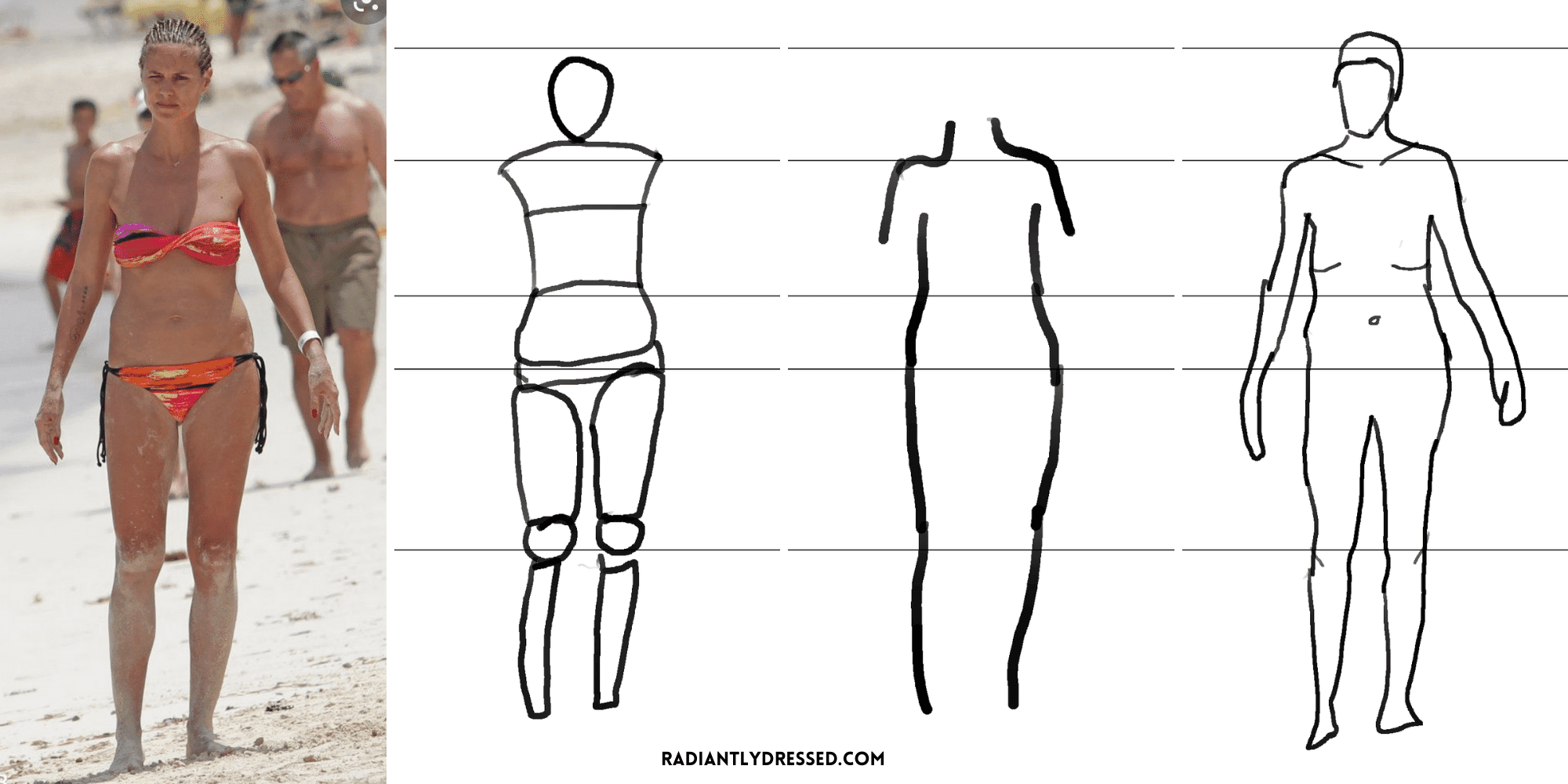
The third and final exercise requires a bit more finesse and artistic hand, but can be illuminating as well. This one is likely easiest to do with tracing paper or a similar computer method.
You can start anywhere you like, but trace the outlines of your body. I like to begin with the shoulders and trace the arms and outline of the hands. As your trace down your body be sure to follow any curve you have. Outline your feet. Do your head as well.
Once you have the basic outline of your body, draw lines or curves for the following: collar bones, knees, hip bones, belly button.
Now, if you’re asking yourself why you did all this, well…that’s coming. As this Kibbe series moves along I’ll be mentioning how a lot of these aspects range across the types. Getting familiar with the shapes and lines of your body is really the secret to your Kibbe type.
The Original Kibbe Body Type Test
The test exists in three separate portions.
The first section asks you to answer questions about your underlying bone structure. These can be harder to answer if you’re carrying extra weight, but try to explore your bones, and reference your drawn photos above if you need help answering the questions.
The second section deals with your flesh. This is NOT to be confused with fat. Flesh is the quality of the skin itself and how it drapes and sits on your bones.
The final section is facial features. This section is somewhat irrelevant as your type is based primarily on bones and flesh. Many people have difficulty reading the yin/yang balance in the face. Use it to score, but do not base your Kibbe type on facial features.
Keep in mind that the test is an outdated method of determining your type. Maybe Kibbe’s publishers wanted something concrete, I don’t know. I do know that he himself recommends not taking it as your final answer.
I’m including it here, because what would be the point of an article about Kibbe typing without the Kibbe test.
Questions and answers are directly from the 1984 book Metamorphosis, italics are my thoughts.
Section 1: Bone Structure
Q1: How long is your vertical line? (not your height; we’re looking for how tall you appear to be) Your vertical line is whether or not you appear tall. You can be 5’0” and have a long vertical line. You can be 5’7” and have a short vertical line. There are two easy ways to determine this…if you head looks small in relation to your body, you will have a longer vertical line. If your head looks larger, you have a shorter vertical line. You can also look at the distance between you shoulders and knees to see if it appears longer and shorter.
a. Long (People always think I’m taller than I really am)
b. Moderately Long (People sometimes guess I’m slightly taller, but not by very much)
c. Moderate ( People usually guess my height correctly, or aren’t at al surprised by it)
d. Smallish (People usually guess I’m slightly smaller, and my curvy figure is more noticeable than my height)
e. Petite ( It’s very obvious to everyone that I am small in stature).
Q2: The shape of my shoulders is best described as… This is somewhat of a harder question. Narrow, sharp shoulders typically show a lot of bone structure through the collarbone and end strongly. Wide shoulders should be in proportion to the hips. Sloped shoulders have a curving line down the neck to the shoulders, and either end somewhat sharply (D) or are round like a ball (E).
a. Narrow, sharp
b, Broad, blunt
c. Symmetrical, even
d. Sloped, but tapered
e, Sloped and rounded
Q3: The length of my arms and legs is best described as… Looking at your arms in relation to your upper leg can help here. Where do your fingertips fall? Past mid-thigh, or closer to your bottom? Are the bones in your arms and legs small and delicate, or sturdier feeling?
a. Elongated, narrow
b. Elongated, broad
c. Moderate, in even proportion to my height and upper torso
d. Small, slightly shortish
e. Small, very short in proportion to my height and upper torso
Q4: The size and shape of my hands and feet are best described as... At first glance this seems like an easy question, but also consider this in relation to your overall body size. You can hold your hand up next to your face to get a reference to your other features.
a. Long and narrow
b. Large and broad
c. Moderate, neither long, broad, delicate, or small
d. Small, narrow, delicate
e. Small and slightly wide
Section 2: Body Flesh
When it comes to flesh, things can get confusing quickly if you’re carrying extra weight. This has been a challenge area for me postpartum. Fat deposits change the structure of your overlying flesh. If you have any pictures when you were at your lowest weight they can be useful here. If not, try to follow the extra directions and explore your flesh (skin and muscle).
Q5: The overall shape of my body is best described as… I don’t like this question. It’s easy to get confused with flesh. Think of your skin, the thickness and quality of your skin, and how it drapes over your body.
a. Long, lean, sinewy
b. Broad, tending towards muscular
c. Symmetrical, evenly proportioned
d. Very shapely, a delicate hourglass
e. Very soft, lushly curved, a ripe hourglass
Q6: My bustline/torso is best described as… Try to focus on your upper chest, as breast size can confuse this question.
a. Flat, taut (I never seem to add flesh here, even when I’m overweight)
b. Wide, broad (I tend to add a little flesh here when overweight, but not much)
c. Moderate, in even proportion to bust and hips
d. Shapely, curved, more prominent than my waistline (My torso is slightly short and I add flesh here, when overweight)
e. Very prominent, lushly curved (Whether I’m thin or heavy, I’m always “busty”)
Q7: My waistline is best described as… Focus on the area around your belly button when referring to waistline. This is your flesh, not your bone structure.
a. Elongated, but boyishly tapered (even when overweight) – long with a dip
b. Elongated, but tends to be very straight (if thin) or thick (if overweight) – rectangle shaped
c. Moderate, slightly defined, but not overly cinched
d. Very small in proportion to bust and hips – defined hourglass
e. Softly defined, but tends to be slightly wide – delicate hourglass
Q8: My hipline could best be described as… You can have curvy hips due to bone structure. This question asks about whether or not the flesh over your pelvis creates curves. If your curve comes from the bone structure but the flesh doesn’t feel round and soft, lean towards A or B.
a. Tapered, straight, and boyishly narrow (However, I do tend to thicken here when overweight)
b. Straight, slightly tapered, and slightly wide (Excess weight always seems to collect at my hips)
c. Moderate, in even proportion to bust and waistline
d. Shapely and rounded, more pronounced than my waistline
e. Extremely soft and rounded, whatever my weight
Q9: The flesh on my upper arms and thighs could best be described as… For this question, put your hand on your hip and study the flesh on your upper arm. This question will be more difficult if you have extra weight (it’s me, no judgment).
a. Long, lithe, sinewy – The upper arm will look long and sharp.
b. Elongated, tending towards muscular – You’ll know if you look naturally muscular.
c. Moderate, neither extremely soft or extremely muscular or sinewy
d. Soft, slightly short – Some rounding and the lack of a long appearance.
e. Very soft, slightly wide and fleshy, slightly short – Even at low weight the upper arms will be lush.
Section 3: Facial Features
Online chatter suggests that people have a difficult time scoring their facial features. I like to take a picture right now and consult it for each portion. Kibbe has said that a facial profile that doesn’t fit with bone and flesh is not more important, and shouldn’t be counted. On the other hand, some have said that the facial structure matches the body structure, if we know what we’re looking for.
Q10: The shape of my jawline is best described as…
a. Sharp, either very pointed, very prominent, or very square
b. Broad or blunt, slightly wide
c. Moderate, symmetrical, neither wide, sharp, nor rounded
d. Delicate, tapered, or slightly narrow
e. Rounded or softly wide
Q11: The shape of my nose is best described as…
a. Sharp or prominent
b. Broad or blunt, but on the large side, possibly wide
c. Moderate, symmetrical, neither overly large nor overly rounded
d. Delicate, tapered, narrow
e. Rounded, softly wide, but not large
Q12: The shape of my cheekbones is best described as…
a. High and prominent
b. Wide
c. Symmetrical, moderate
d. Delicate, narrow, slightly rounded
e. Rounded, softly wide, “apple-cheeked”
Q13: The shape of my eyes is best described as…
a. Narrow, straight, closely spaced, or almond-shaped
b. Narrow, straight, widely spaced
c. Evenly spaced, symmetrical, moderately size
d. Rounded, slightly close together, possibly slightly almond-shaped or up-turned
e. Very round and very large
Q14: The shape of my lips is best described as…
a. Straight, narrow, sometimes described as “thin-lipped”
b. Straight, strong, slightly broad but not full
c. Moderate, evenly shaped, neither straight nor overly full
d. Slightly full and rounded
e. Very full, very rounded, and very luscious
Q15: The flesh on my cheekbones could best be described as…
a. Taut and flat, even when overweight
b. Fairly tight, but I do tend to get a little “puffy” when I put on weight
c. Moderate, soft, but not puffy
d. Soft and fleshy, and may get extremely full with excess weight.
e. Very soft, very fleshy, very round, even when I’m at my thinnest
Q16: What best describes your hair?
a. Extremely finely textured (silky-smooth), either straight or with a slight bend
b. Strongly textured (course or heavy) either thick and straight or wavy/curly
c. Moderate texture, slightly wavy or with a bend
d. Moderately thick, with a bend, wave, or curl
e. Extremely thick, with lots of wave and curl (soft surface)
Kibbe Test Results
I’m including a chart to get the results of the 3 part test. Keep in mind that the test is not definitive, as most people don’t easily fit into these boxes. I’ve also removed the 3 pure types of Natural, Classic, and Gamine, as Kibbe himself got rid of them.

More explanations are as follows:
- Dramatic
- Mostly A on bone structure. Sharp yang. Vertical accommodation.
- Mostly A on flesh. Skin and muscle appear lean and scant.
- Mostly A on facial features. Sharp, pointy features.
- Soft Dramatic
- Mostly A on bone structure. Sharp yang, Vertical accommodation.
- Mostly D & E on flesh. Skin and muscle are soft and round. Curve accommodation.
- Original Kibbe suggests D & E for facial features. But it seems any type will do.
- Flamboyant Natural
- Mostly A on bone structure. Sharp yang. Vertical accommodation.
- Mostly B on flesh. Blunt yang. Skin and muscle look effortlessly muscular. Width accommodation.
- Mostly B on facial features. Blunt yang. Wide eyes, mouth, blunt nose.
- Soft Natural
- Mostly B on bone structure. Blunt yang. Width accommodation.
- Mostly D & E on flesh. Skin and muscle are soft and round. Curve accommodation.
- Original Kibbe suggests D & E for facial features. But it seems any type will do.
- Dramatic Classic
- Mostly A/B on bone structure. Sharp or blunt yang. Vertical accommodation.
- Mostly C on flesh. Neither lean nor soft. Looks even. Balance accommodation.
- Mostly C on facial features. Even features that blend well together and create symmetry.
- Soft Classic
- Mostly C on bone structure. Even yin/yang. Balance accommodation.
- Mostly D & E on flesh. Skin and muscle are soft and round. Curve accommodation.
- Original Kibbe suggests D & E for facial features. But it seems any type will do.
- Flamboyant Gamine
- Mixed A/B and D/E on bone structure. More A/B, sharp/blunt yang. Vertical accommodation.
- Mixed A/B and D/E on flesh. More A/B, lean or wide. Petite accommodation.
- Mixed facial features. Typically has large eyes.
- Soft Gamine
- Mixed A/B and D/E on bone structure. More D/E, petite/soft yin. Petite accommodation.
- Mixed A/B and D/E on flesh. More D/E, soft and round. Curve accommodation.
- Original Kibbe suggests D & E for facial features. But it seems any type will do.
- Theatrical Romantic
- Some A/B on bone structure. Sharp or blunt yang. Vertical accommodation.
- Mostly D/E on flesh. Soft, round, petite yin. Curve accommodation.
- Mostly D/E on facial features. Petite, small features.
- Pure Romantic
- Mostly E on bone structure. Small, round bones. Curve accommodation.
- Mostly E on flesh. Soft, lush yin. Curve accommodation.
- Mostly E on facial features. Full lips, round eyes, soft cheeks.
Overall Shape of Your Body
When assessing yourself in the Kibbe system, it’s important to remember that after 40 years, it’s still a complex and confusing process. Don’t get down on yourself if you can’t figure this out and feel stuck or spinning between multiple types.
Taking a look at the overall shape of your body by doing drawings is a fantastic way to take a step back and get a more subjective view of yourself.
I first recommend focusing on your bone structure, as this is often easier to identify than talking about flesh or facial features.
1. Assess the general length of your bones. Are they overall long: long leg bones, arms bones, fingers and feet (dramatic or natural)? Are they shorter across your body (romantic)? Are they medium (classic), or maybe mixed and chaotic with some long and others short (gamine)?
2. Look at the shape of your hands. Are they long and slender (dramatic), strong and broad (natural), small in relation to your body, nearly childlike (gamine), small and soft (romantic), or somewhere in the middle and moderate size (classic).
3. What is the shape of your nose? People often struggle to type their face, feeling as if it is in disharmony with their body, but truthfully the face and the body are connected. If you can subjectively analyze your face, the battle to Kibbe type is half won. Start with your nose…is it long and lean (dramatic), strong and slightly wide (natural), completely blended with the rest of your face (classic), seems out of place somehow (gamine), small or lush (romantic).
4. How do you describe the shape of your lips? Just like the rest of your face, they will follow convention. Are they narrow and somewhat thin (dramatic), wide and noticeable (think Julia Roberts, aka natural), fitting in perfectly with the rest of your face (classic), full and pouty (romantic), all mixed up and confusing (gamine).
5. What is the shape of your bust? This one is a bit misleading, because every type can be full busted or small busted. If you are full busted and struggling to identify softness, examine how the outer portion of your bust affects your clothing silhouette. Does it force your clothing outward, do you often find fabric pulling across the center of your bust, do you feel more comfortable in knits to give the extra space? This are all indicators of fleshiness in the Kibbe system.
6. How would you describe the shape of your waistline? Again, this one isn’t carved in stone, because any type can be an hourglass. The difference here is what comes above the waist. If you find the top portion of your body is straight compared to curving hips, this is more of a yang feature than flesh. The curve typically comes from the bones and not the flesh. If you are rounded in both the upper and lower body with a defined waist, this is likely a feature of yin softness. If you are straight with little waist definition, this is a yang feature.
Insights from an Image Consultant who teaches Kibbe
I embraced the idea of Kibbe body types to help my clients on their process of curating capsule wardrobes (an idea Kibbe would loathe). With all systems and typologies, it’s important to find the nuggets of wisdom and leave behind what doesn’t work.
In this case, I have found that the real discovery behind the system comes after identification, and into a process of accepting that your body is your body, and is a function of genetics that you largely cannot change. If you are curvy or tall or wide or tiny, that’s just your body. Kibbe speaks of all of them being beautiful, and I completely agree.
I own the original out of print (extremely expensive) book David Kibbe’s Metamorphosis, I have spent eons in the new group that tries to explain his methodology in a different way (but ultimately creates more confusion and less answers).
The new Kibbe methodology focuses on 5 different “labels” for your body which are called accommodations: vertical, width, balance, petite, and curve. These don’t typically mean what they seem when applied to a woman’s body.
In addition to this concept, you may have a mix or blend of these 5 areas, but not every combination is possible, some exclude each other (petite and width), and you can occassionally have 3.
In the previous section I listed out different areas of your body to analyze to try to get an overall picture of your body shape. What is the sum total of these parts?
Do you notice lots of length through your body overall? Are you tall (over 5’7″)? Do you struggle with sleeves and pants not being long enough? These are all indicators that you have vertical in your mix.
Do you struggle with tops feeling constricting throughout the upper body? Is your jawline and other areas of your face broad (think Jennifer Aniston facial structure)? Do you somewhat resemble the inverted triangle shape from traditional body typing? While not conclusive, these can be indicators of width in your frame. Overall this is a broadness throughout the upper torso.
Do you feel like your body is just generally tiny? Lots of clothing makes you feel like a child playing dress-up. Things often don’t fit correctly in strange places. Your best clothing is usually somewhat fitted, especially around the feel and wrists. These are markers of Kibbe’s definition of petite.
Is your body slightly soft, maybe a traditional hourglass? Do you absolutely need to have waist definition in your clothing or your disappear? If you took a picture and drew circles over your body, would they be the same size and touching like a snowman? These can be indicators of double curve.
None of these stand out to you? Could be that you’re dealing with balance.
When you start combining these, you begin to see the relationships of shape and body structure that exist in the types.
- Dramatic – vertical only
- Soft Dramatic – vertical primary, curve secondary
- Flamboyant Natural – width primary, vertical secondary
- Pure Natural – width only (removed by Kibbe)
- Soft Natural – width primary, curve secondary
- Dramatic Classic – balance primary, vertical secondary
- Pure Classic – perfect balance (removed by Kibbe)
- Soft Classic – balance primary, curve secondary
- Flamboyant Gamine – petite primary, vertical secondary (may have curve as well)
- Pure Gamine – petite only (removed by Kibbe)
- Soft Gamine – petite primary, soft secondary (may also have vertical)
- Theatrical Romantic – double curve primary, vertical secondary
- Pure Romantic – double curve only
So when you look at all your features, and the descriptions above, and look at what you have to accommodate when you get dressed, what do you see? What do you NEED in your clothing to make your body look lovely in it’s natural state? This is the key to your Kibbe image identity.
Popcorn and the Movies
Now that your head is spinning with Kibbe-ness, I have a final assignment, this one straight from David Kibbe as the starting point to begin to examine yin and yang and the various types in their pure, original form.
Classic movies and actresses were often dressed to their lines much more than what we see today. The following movies and actresses are great to watch to get an idea of what the bodies look like in motion.
Pay attention to their vertical appearance, long or short (not height). Look at their shoulders and how they move them, if they are rounded or sharp. Are they curved, and is that curve from bones or from flesh or from both?
- Gigi
- An Affair to Remember
- Funny Face
- Born Yesterday
- How to Marry a Millionaire
Final Thoughts on the Kibbe Test and Typing
The Kibbe Test featured in Metamorphosis is over 30 years old now, but interest in the Kibbe types is experiencing a resurgence.
Kibbe claims that it is not a style or body type system, but rather an “Image Identity” and each person has their own unique mix of yin and yang.
By finding your own Image ID, you can choose clothes which bring out your natural beauty, rather than aspiring to outdated ideals of the perfect hourglass as a goal.
Let me know, what results did you get?
Related Style Articles:

The Kibbe test can be confusing, but these tips and tricks can help you overcome some of the overwhelm.
Stacey is the owner and creator behind Radiantly Dressed. She is a certified image consultant and AICI member focusing on creating simplicity in wardrobes via color and style.

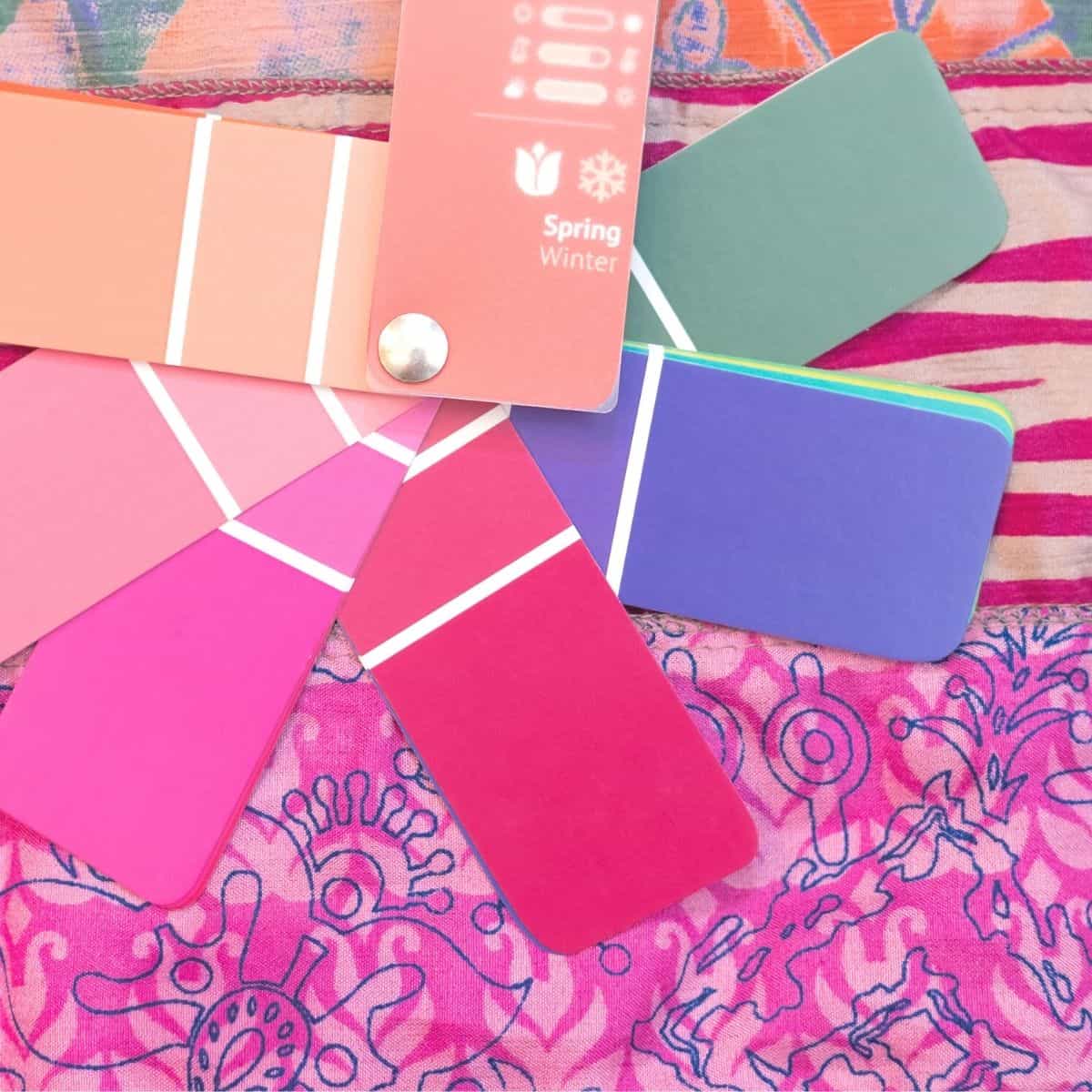
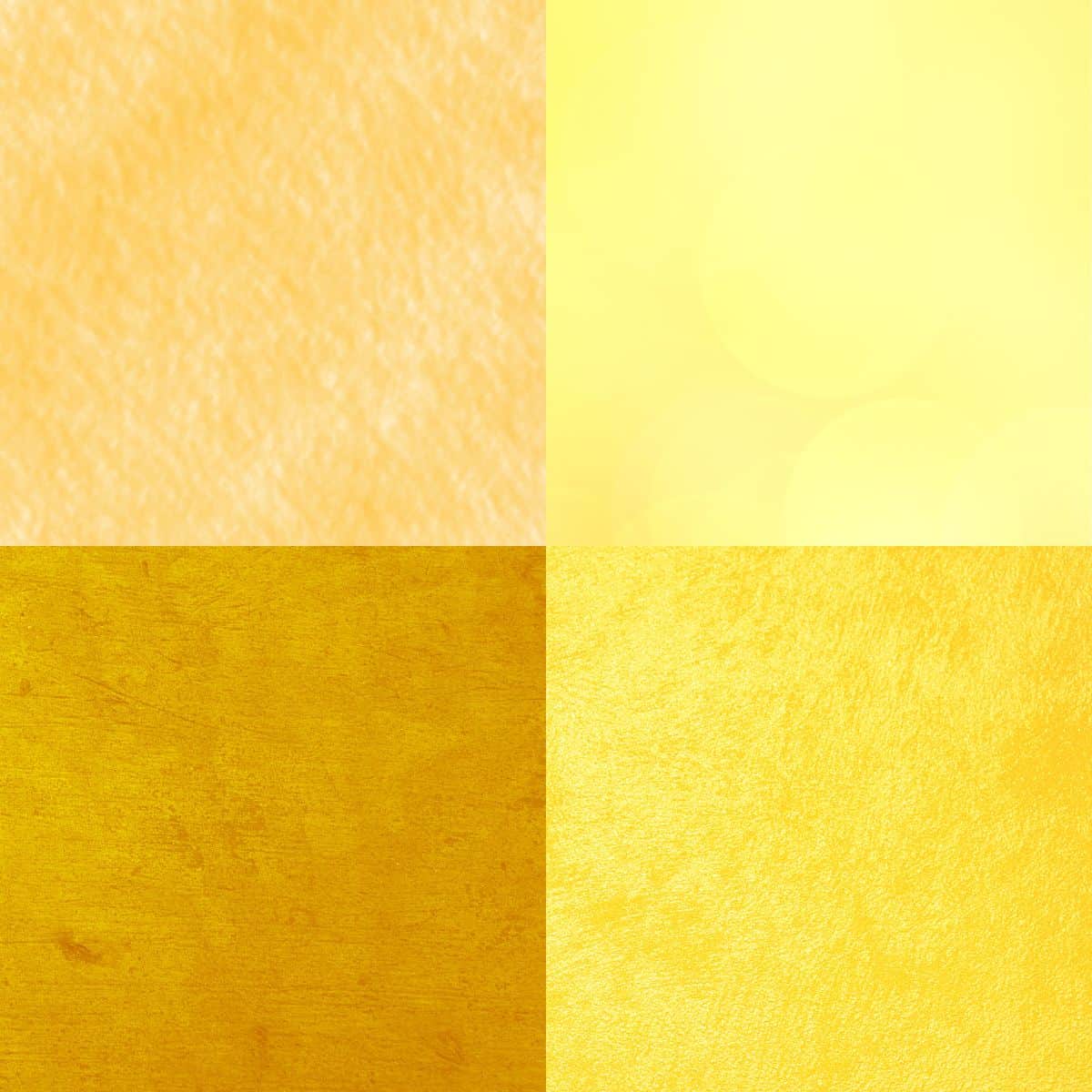
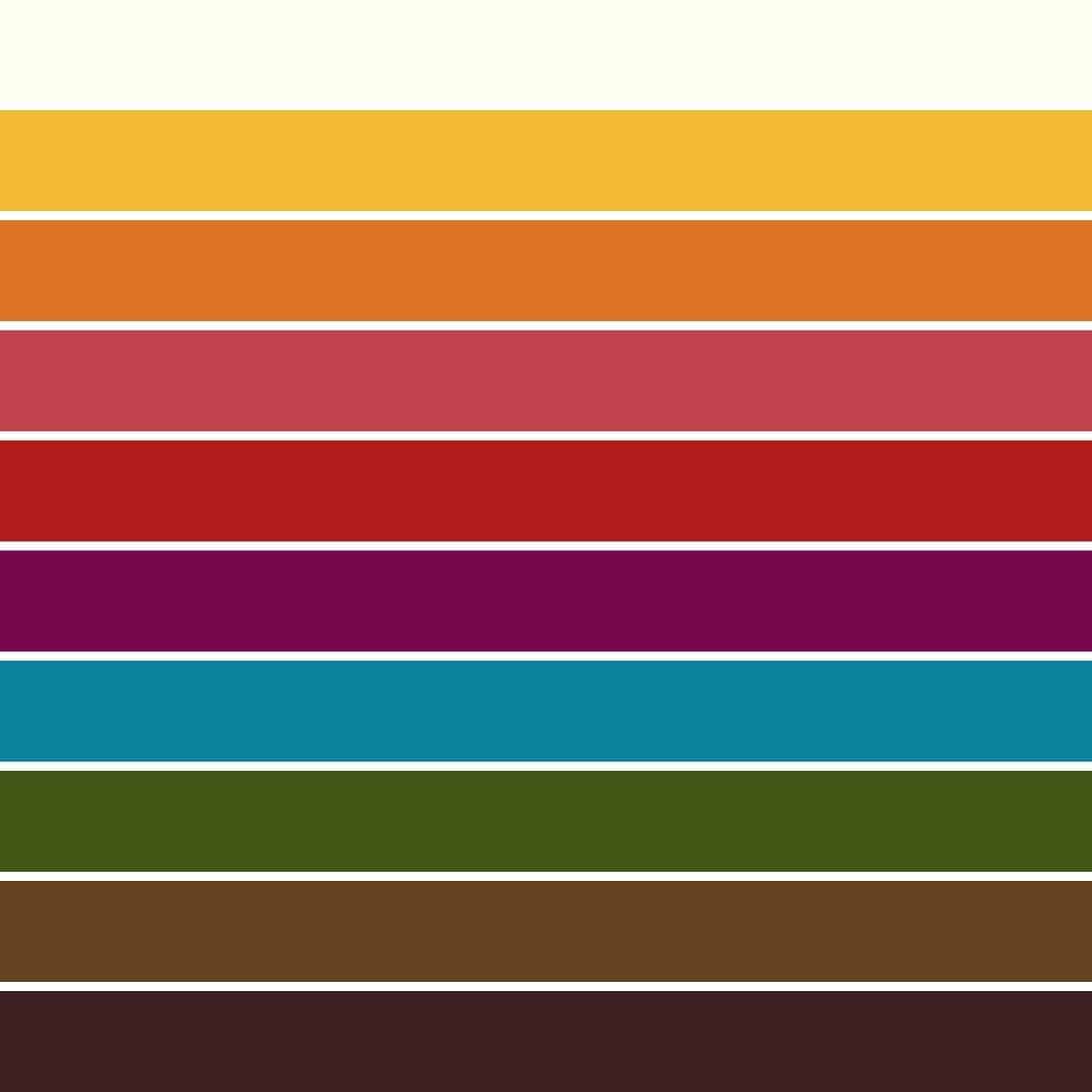

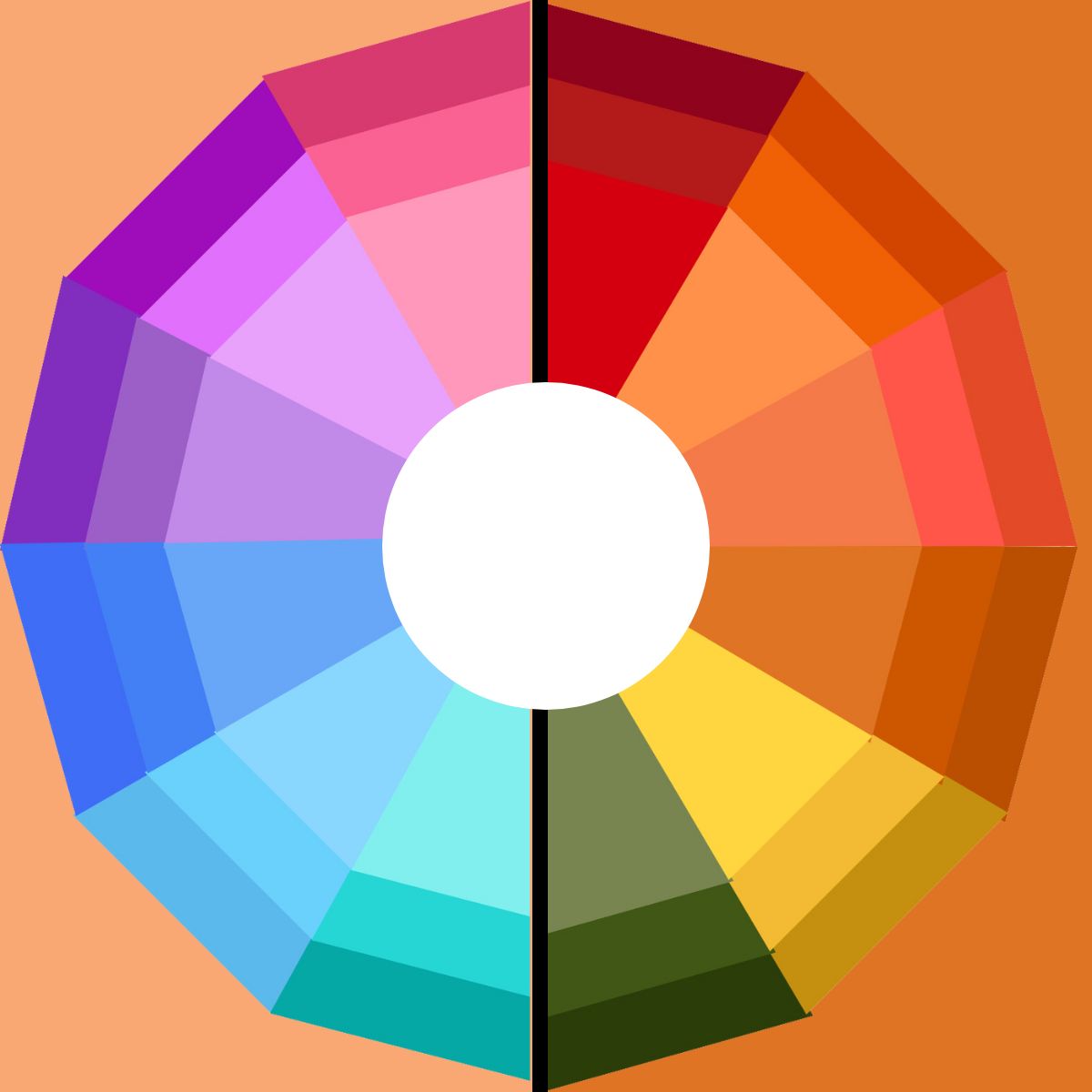
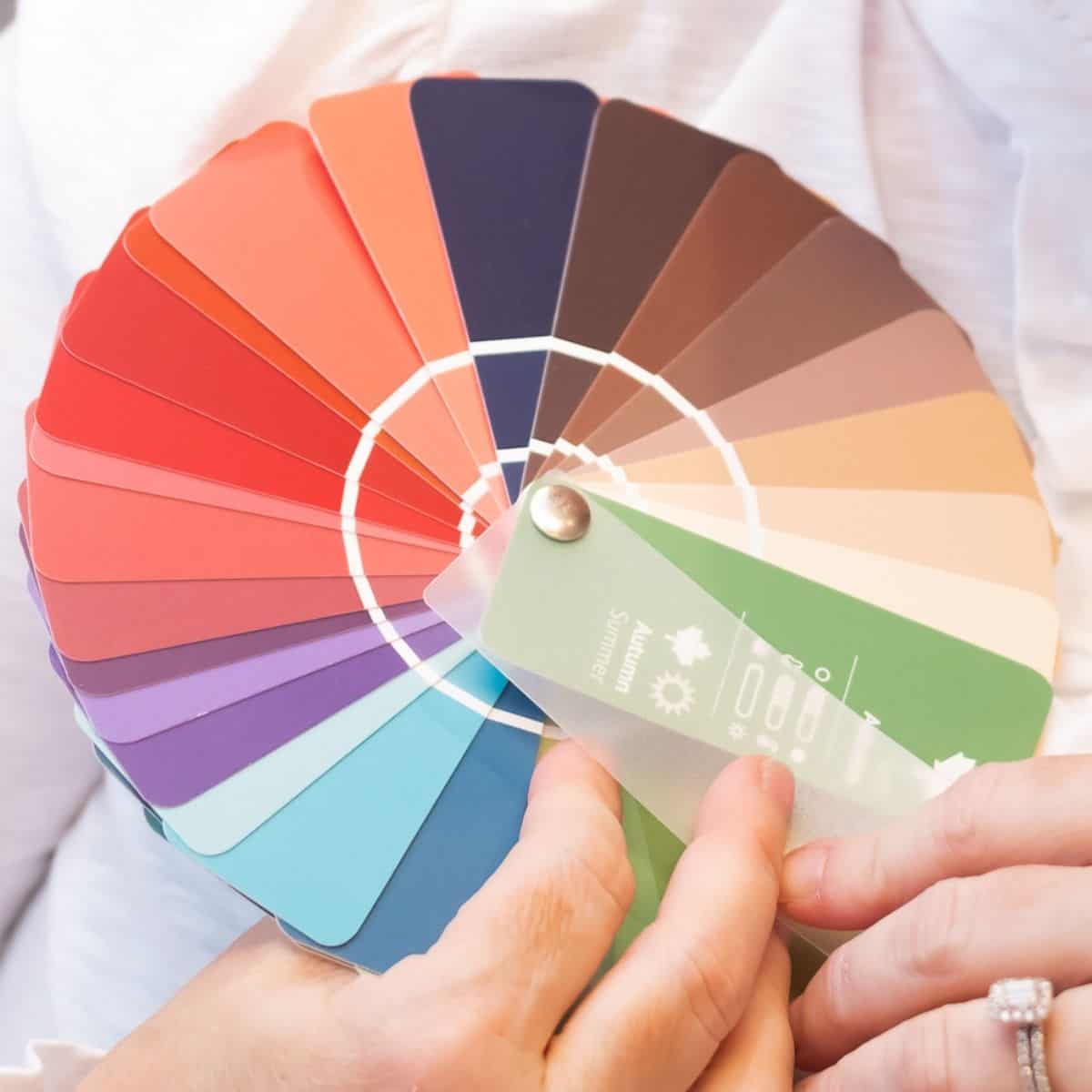
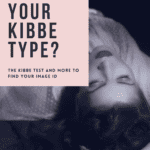
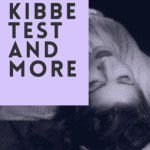
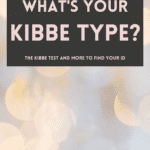


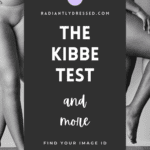
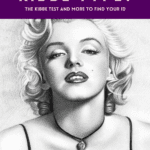
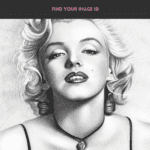



Sooo confused on this. Maybe I’m just not doing it right? But I keep getting mostly Ds for flesh but then A/B for bones and mostly Cs for face. My closest guess is theatrical romantic but even that isn’t super close?
Hey Ava! The test is very confusing, hence the title. Did you try the sketch mentioned to see what jumps out at you? I wonder if you might be Soft Dramatic with yang bones and yin flesh.
Hi ! I am unsure about my kibbe body type
My results –
Bone structure: A C B C
Body Flesh: E E D D D
Facial Features: C C D D D D D
My Overall score: A – 1, B – 1, C – 3, D – 8, E – 2
Can anyone identify my body type ?
Tests like this fascinate me, even when I get confused. Hoping the new book clarifies a few things. I seem to be a Soft Gamine. Not sure how that helps with dressing, but still fun!
I’m so confused on my Kibbe type. I lean SN but I also wonder about G. I know almost total opposites. I’m not D family or FN.
I have YouTube videos up? Felicia Follum. what do you guys see?
I would really love a second opinion! The more I try to interpret my type, the more confused I get. I’m 5’6″ and guessing I lean soft classic as overall I scored the most C’s, but that seems contradicted by the lack of C’s in the Bone structure and face categories. I thought that bone structure was the most important determining category, but there doesn’t seem to be any answer for “Mostly D” there. My results:
Bone structure – dominantly D
body/flesh – dominantly C
Face – even mix of ACDE
Soft Gamine? Soft Classic? Help!
Hey Hayley,
Lots of D’s points to gamine, maybe romantic category. Both classic and gamine is a close 50/50 in yin/yang, but classic is balanced, whereas gamine is a more chaotic mix.
Hello Stacey,
I an completely confused now. I get mainly D and one A with Bones and nearly only Face, but only A with Flesh. What could thus mean? Thanks for your suggestions!
Su
Hi Stacey, I ment nearly all D with Face
Thanks, Su
Possibly the gamine family with juxtaposition like that.
This was actually the least confusing version of the Kibbe test I’ve read, and the sketches were helpful. I felt like I could be more objective with the sketch than with the photo.
Anyway, I think I’m closest to FG – equal mix of A and D for bones, all A and one B for flesh, and a mix of all types for face (with large eyes). Do you agree that FG is worth exploring?
Thanks so much!
Hi Stacey!
I’m so confused about everything. My bone structure results were mostly D, flesch: C and D scored the same amount and face was mostly E. What’s my kibbe?
I feel like my answers don’t all appearvexplained in the chart.
For bone structure, I’m exactly split between B and C, and that’s not an option in the chart.
Flesh is mostly C, so according to the chart, flesh-wise is dramatic classic. But it’s still kind of split between and 2Bs, so again kind of split between B & C.
And somehow my face is overwhelmingly Ds (5Ds, 1C, 1A). There’s no option for mostly Ds for face in the chart.
I am so confused. Am I just a dramatic classic with a very yin face? Any thoughts you have would be greatly appreciated 🙏
Hi Erin,
The quiz is confusing for everyone! The body usually follows the face, so it’s interesting that you have this mix. Did you try the drawing? If you got a lot of B in bone structure you’d be looking for width through the upper body and shoulders. From what you said only and instinct I suspect maybe soft natural.
Stacey
bone structure: all E
flesh: C 4, E 1
face: C 2, D 1, E 4
I’m confused what type I am.
Hi! I’m pretty sure im a dramatic classic but i’d like some confirmation. Thoughts anybody? (also I’m 5’5″)
These are my average answers from about 4 times ive taken this test LOL:
bone: B, D, A, A
flesh: all C’s
face: C, E, C, B, E, E, A
Thank you sm!!